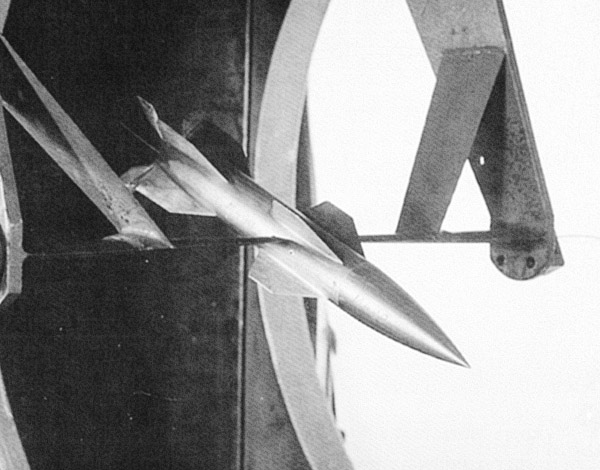
A Wasserfall model seen in the test section
of the high speed wind tunnel at Peenemunde.

A Wasserfall model seen in the test section
of the high speed wind tunnel at Peenemunde.
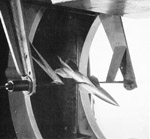 |
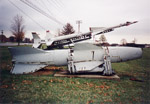 |
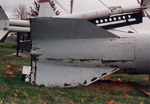 |
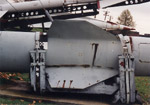 |
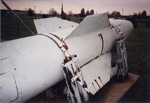 |
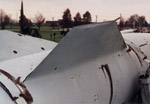 |
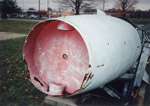 |
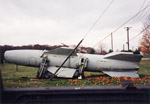 |
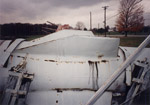 |
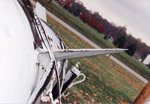 |
 |
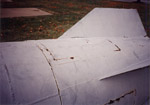 |
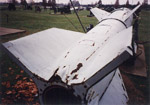 |
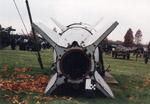 |
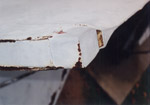 |
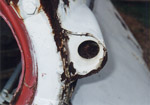 |
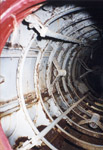 |
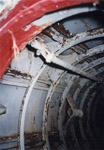 |
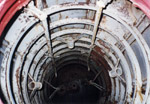 |
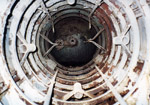 |
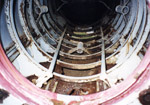 |
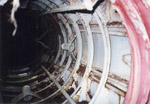 |
Wasserfall Surface to Air Missile
Web site by: Phil
Broad
The Wasserfall (Waterfall) anti-aircraft rocket is one of the most advanced projects of its type to come out of German wartime development. Guided by ground based radars, the Wasserfall rocket would have been tracked by one installation while another would track the target. A computer would then correlate the data and determine when the warhead should be detonated. It was designed to utilize types of fuels which would allow the missile batteries to stand ready for firing for up to one month without reloading. The first launch took place on the 8th of January 1944 and was a failure. The following February 1944 saw a successful launch which reached a speed of 2,772 km/h in vertical flight. When the program was canceled on the 6th of February 1945 nearly 40 flights had been made. After the war, captured Wasserfall reports would form the basis of the highly successful U.S. built (Douglas Aircraft Co.) "Nike" family of anit-aircraft missiles. This example is seen at the U.S. Army Proving Grounds Museum at Aberdeen Maryland.
NOTE: The photographers scale seen in many of these photos is 6 x 12 inches in size.
Please contact me if you have comments about these images or corrections to the information presented here via E-Mail.